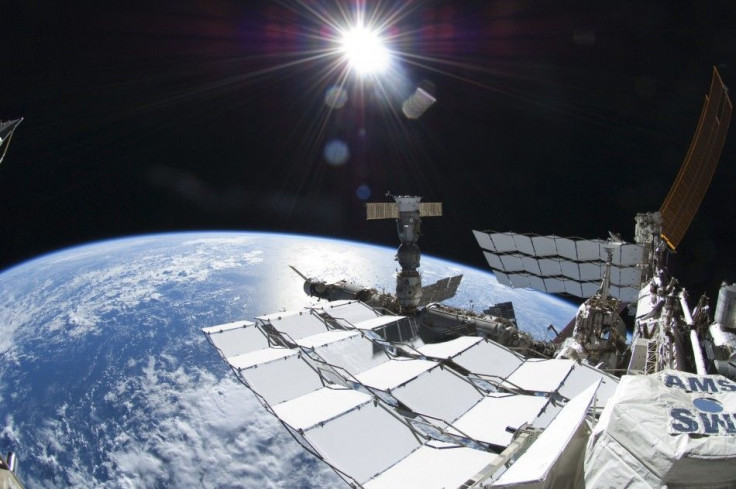Antimatter Abounds in Earth's Atmosphere

A band of anti-protons have been discovered ringing around the earth, researchers have found, adding to the list of particles the Earth holds within its magnetic field.
Cosmic rays constantly rain in from space, colliding with earth's atmosphere and creating a spray of new particles. Scientists have observed anti-particles before, such as anti-protons, but this is the first time anti-protons have been observed.
Many of these particles become trapped inside Earth's Van Allen radiation belts, the donut-shaped zones around Earth where particles spiral around the planet's magnetic field.
The find, described in Astrophysical Journal Letters, confirms theories that predicted the particle.
Piergiorgio Picozza from the University of Rome Tor Vergata, Italy, detected the particles using PAMELA, a cosmic-ray detector attached to a Russian satellite.
The satellite orbited through the South Atlantic Anomaly (SAA), allowing the study of geomagnetically trapped particles in the inner radiation belt.
Between July 2006 and December 2008, PAMELA detected 28 antiprotons trapped in spiraling orbits around the magnetic field lines sprouting from the Earth's south pole.
"We are talking about of billions of particles," Francesco Cafagna from the University of Bari in Italy told New Scientist.
The band is "the most abundant source of antiprotons near the Earth," Alessandro Bruno of the University of Bari, a co-author of the work, told the BBC.
The find could one day open the door to fueling spacecraft with the exotic particle, an idea already being explored from NASA's Institute for Advanced Concepts.
© Copyright IBTimes 2025. All rights reserved.





















